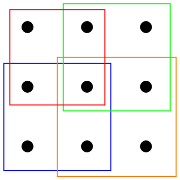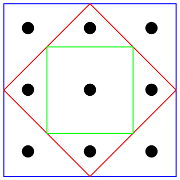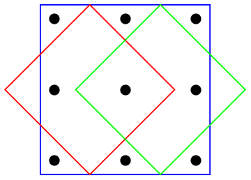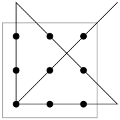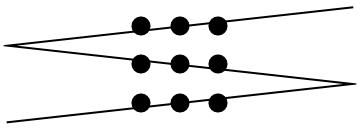Fresh Cute Logic Puzzles
Recently, I stumbled upon three lovely logic puzzles, while scrolling Facebook for news from the Russia-Ukraine war. I will start with an easy puzzle.
Puzzle. A traveler got to an island, where each resident either always tells the truth or always lies. A hundred islanders stood in a circle facing the center, and each told the traveler whether their neighbor to the right was a truth-teller. Based on these statements, the traveler was able to clearly determine how many times he had been lied to. Can you do the same?
In the next puzzle, there is another island where people are either truth-tellers or normal. There are three questions that increase in difficulty.
Puzzle. You are on an island with 65 inhabitants. You know that 63 inhabitants are truth-tellers who always tell the truth, and the other 2 are normal, who can either lie or tell the truth. You are allowed one type of question, “Are all the people on this list truth-tellers?” This question requires a list, which you can create yourself. Moreover, you can have as many different lists as you want. You can pose this question to any islander any number of times. Your goal is to find the two normal people. The easy task is to do it in 30 questions. The medium task is to do it in 14 questions. The hard task is to figure out whether it is possible to do it in fewer than 14 questions.
Here is the last puzzle.
Puzzle. You got to an island with 999 inhabitants. The island’s governor tells you, “Each of us is either a truth-teller who always tells the truth, or a liar who always lies. ” You go around the island asking each person the same question, “How many liars are on the island?” You get the following replies.
First person, the governor: “There is at least one liar on the island.”
The second person: “There are at least two liars on the island.”
This continues progressively until the 999th person says: “There are at least 999 liars on the island.”
What can you tell about the number of liars and truth-tellers on this island?
Share:

